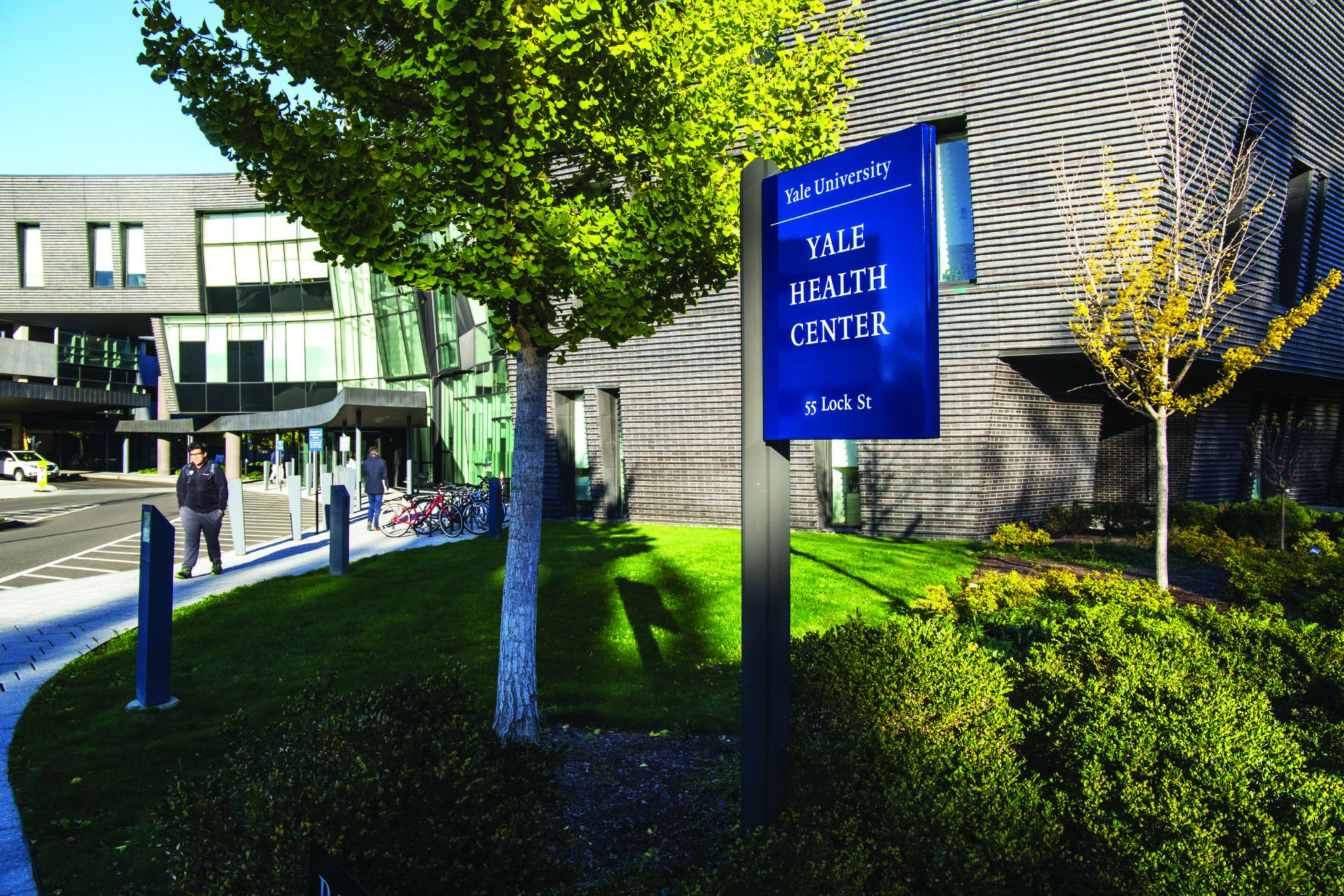
Lucas Holter
Universities hosting students on campus need more than mask stockpiles and grab-and-go meals. Sleek and informative COVID-19 dashboards have been developed around campuses to deliver necessary information and have become crucial to demonstrating a school’s commitment to safety.
And just like Yale Dining’s signature “Turkey Rachel,” which students have raved about on Twitter and other social media platforms, the University’s dashboard has received similar praise — including an “A” rating from the Twitter account “We Rate COVID Dashboards.”
The account, which was started by Yale School of Medicine professors Howard Forman and Cary Gross, judges universities’ COVID-19 dashboards in an effort to improve transparency for students, faculty and other members of college communities across the nation. They are also launching a website this week.
“We’re really basically in the middle of a large, uncontrolled experiment with universities across the country all taking different approaches to the common problem of this new virus,” Gross told the News. “The decisions that these university leaders are making … can have a profound impact on the physical health of their communities and their institutions, and I know they’re also concerned about the financial well-being of their institutions.”
Yale’s dashboard, they wrote on Twitter last week, “may not be the prettiest one, & it runs very long, but it hits most essential features.” Since then, the University has refurbished its dashboard — adding more information tables, breaking down the testing numbers between students living on- and off-campus and including a percentage bar for isolation room capacity.
When asked about the new updates, the two professors wrote on their Twitter account that Yale still receives an “A” rating — though “their actual score did tick up to 11” out of a possible 13 points.
Yale leads most of its peer institutions in its COVID-19 dashboard rating. Massachusetts Institute of Technology received a “B-” last week. Columbia University earned a “B+” that same day. Vassar College — a liberal arts college in New York’s Hudson Valley — bested the University with an “A+” on Sept. 4
Still, grade inflation is not at play for Forman and Gross, they said. Their rubric rewards dashboards for regular updates and a website look that is easy on the eyes and penalizes colleges for muddying up data. Colleges also receive points for things like presentation, which data they release and reporting testing result lag time. Once a point total is calculated, grades are then allotted from 0 — “FAIL” — to 13, which the professors dubbed an “A++.”
“I don’t know if Ford Motor has a dashboard like this,” Gross said. “But colleges have a responsibility as entities that are teaching about health, science, truth, leadership, health justice and equity, they have a distinct responsibility to be clear about what they’re doing and not to obfuscate the truth about the important decisions they’re making.”
He added that though some schools do not have the resources that Yale does to create a professional webpage, the real issue is commitment to transparency. The schools have the testing program data, Gross said, and have a responsibility to disseminate it.
“We think that outsiders and insiders should know what the school strategy is and how the institution thinks they are doing,” the “We Rate COVID Dashboards” website will state when it launches in the coming week. “We also think that viewing trends and [the] current state [of affairs] can help communicate urgency and allow everyone to take ownership of the current state.”
Yale’s revamped webpage includes the level of risk that COVID-19 poses to campus. The University is currently experiencing low to moderate risk, with viral cases infrequent but the indicators for increased or potentially increased transmission.
The University now plans to update the site with numbers from the asymptomatic testing program each weekday morning, Tim Pavlis, associate vice president for strategy and academic business operations, wrote in an email to the News.
Pavlis explained that the changes to the site came as the asymptomatic screening program became routine and the University adjusted to the flow of incoming data. Yale does not plan to further change the content of the site, but the school may work on the layout to make it easier to understand, he said.
New Haven is currently seeing low rates of COVID-19 transmission. Should its numbers rise, it is possible that the University can create a bubble, due to its frequent testing. But, if Yale begins to mimic the worsening surrounding area, students may have to return home, according to Dean of the Yale School of Public Health Sten Vermund.
That decision would be made by University President Peter Salovey and his team, with help from the Public Health Committee, Pavlis said.
Vermund, a member of the committee, explained the criteria for shifting between risk levels on the dashboard. One indicator of risk is the prevalence of COVID-19 in the surrounding area.
Other indicators of risk include the number of students infected and in isolation; the number potentially exposed and in quarantine; and testing positivity rates, Vermund said.
Forman added that the coming weeks are crucial for assessing whether Yale can avert an outbreak.
“If we’re able to keep this completely tamped down in the next three or four weeks, my confidence will go up to 100 percent,” he said. “If we start to see a slow increase in the next three or four weeks then my confidence will decline dramatically.”
As of Tuesday, seven students and four staff have tested positive for COVID-19 since the beginning of August.







